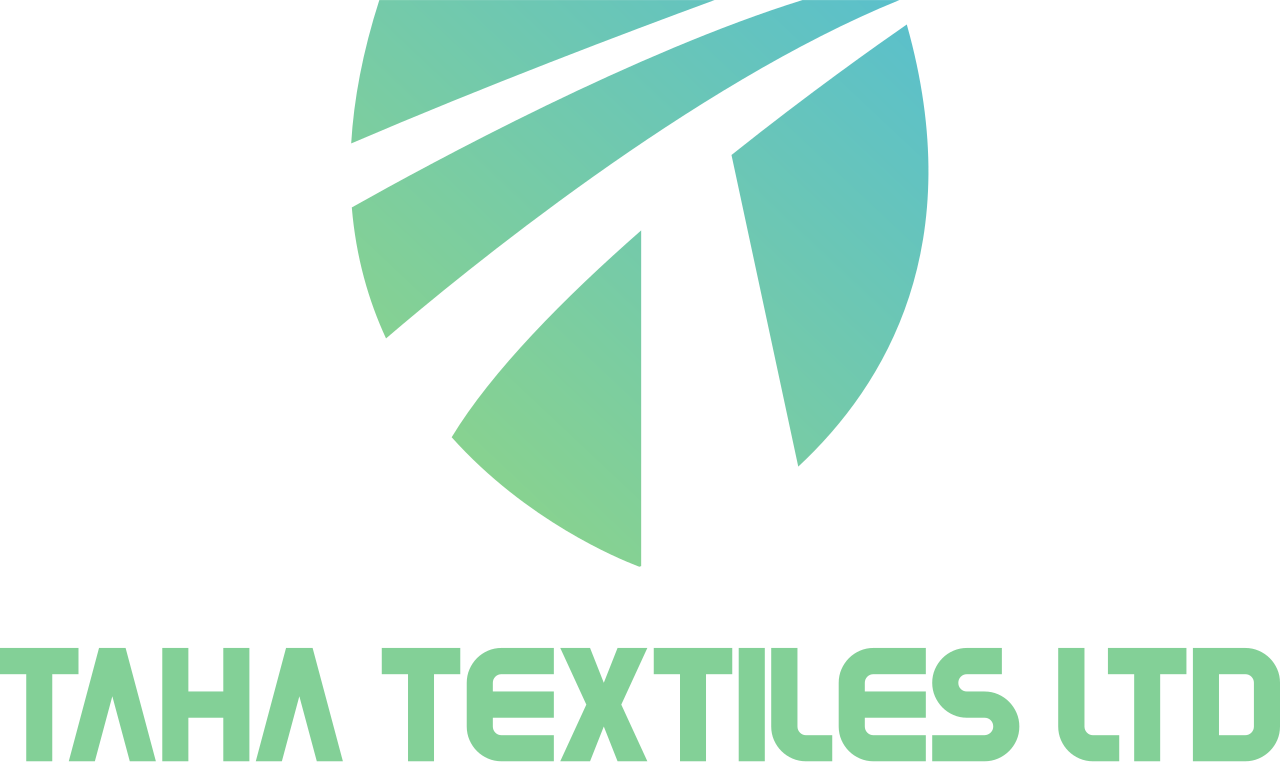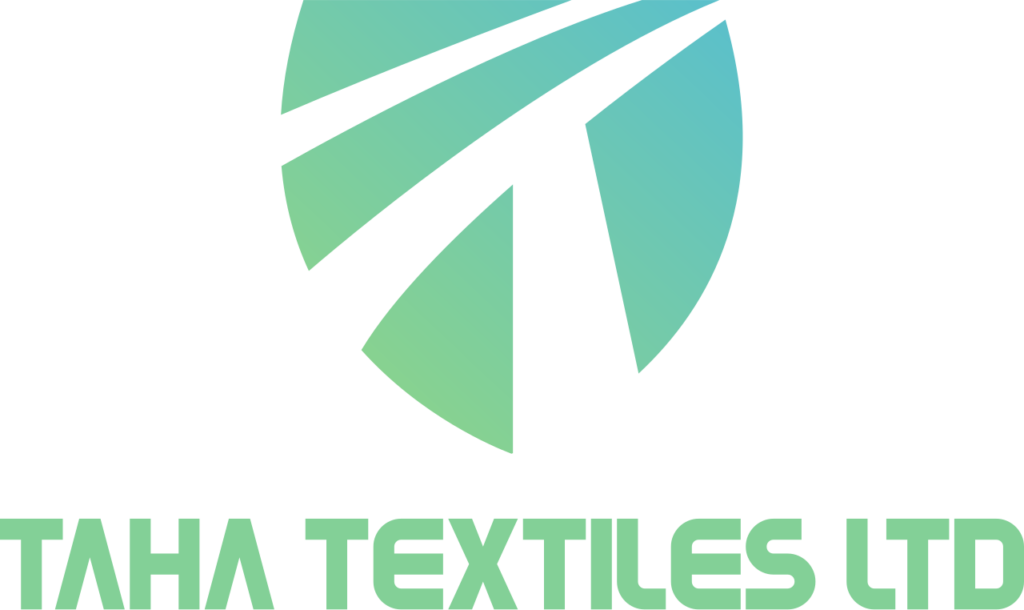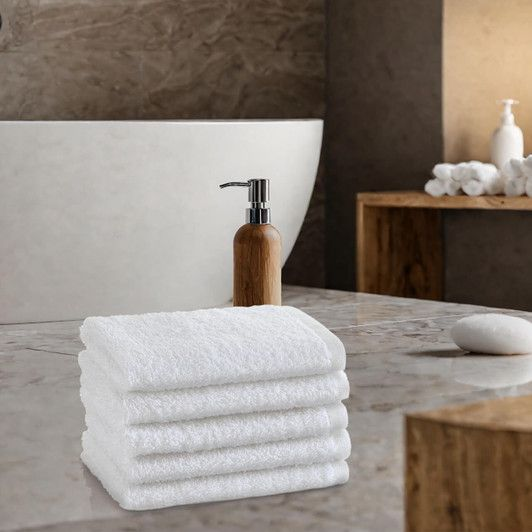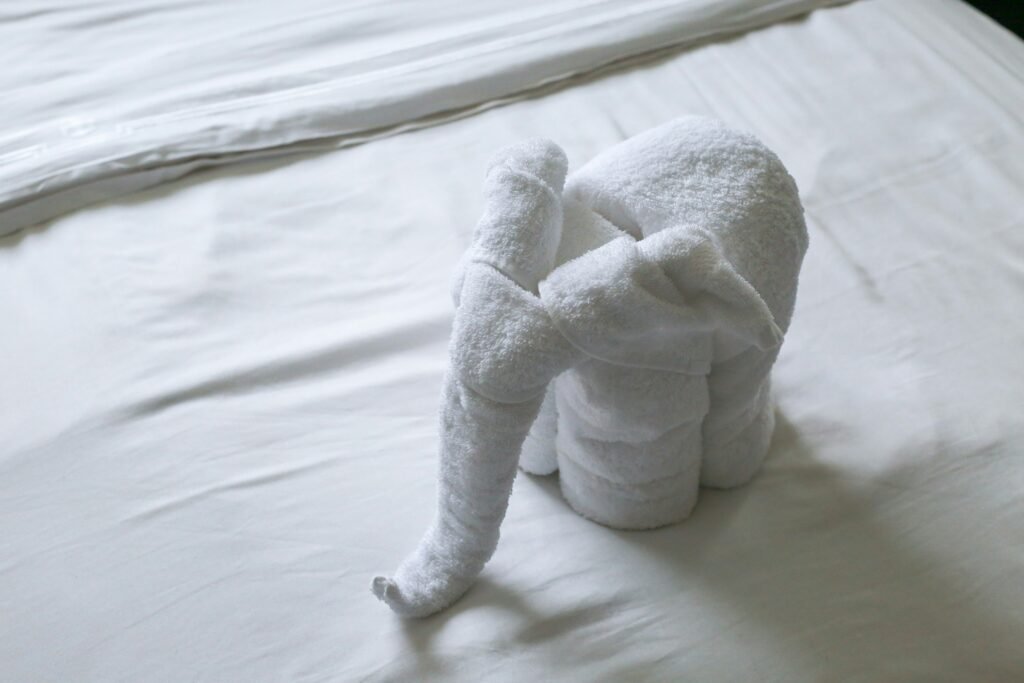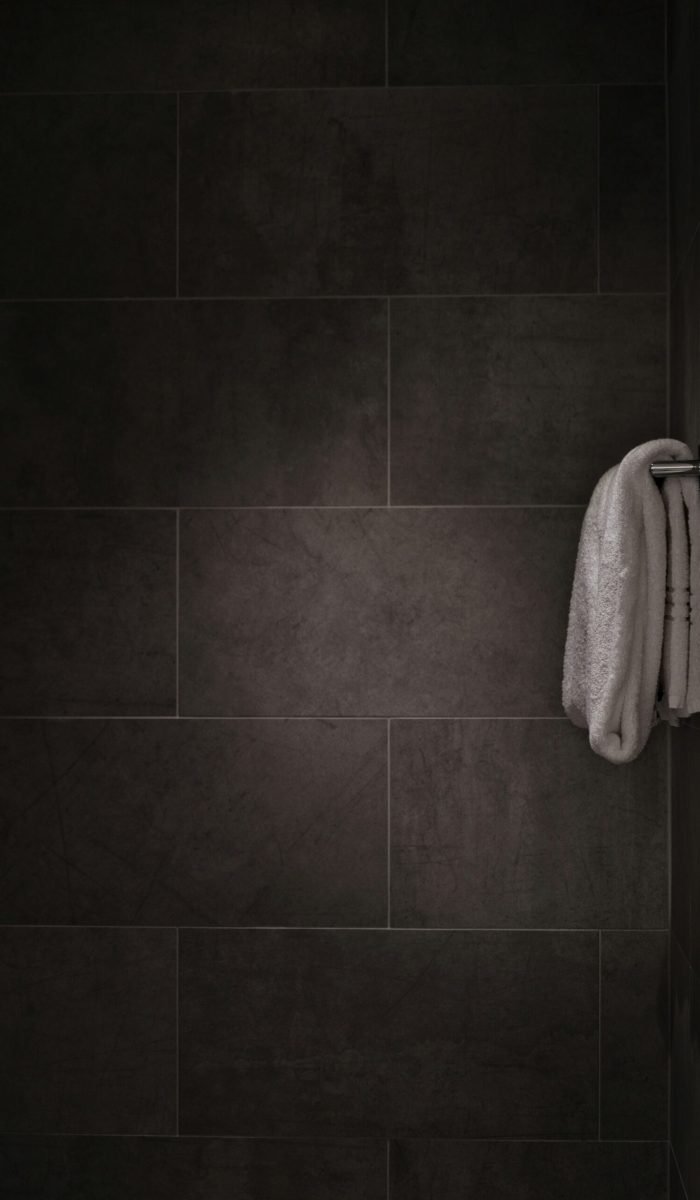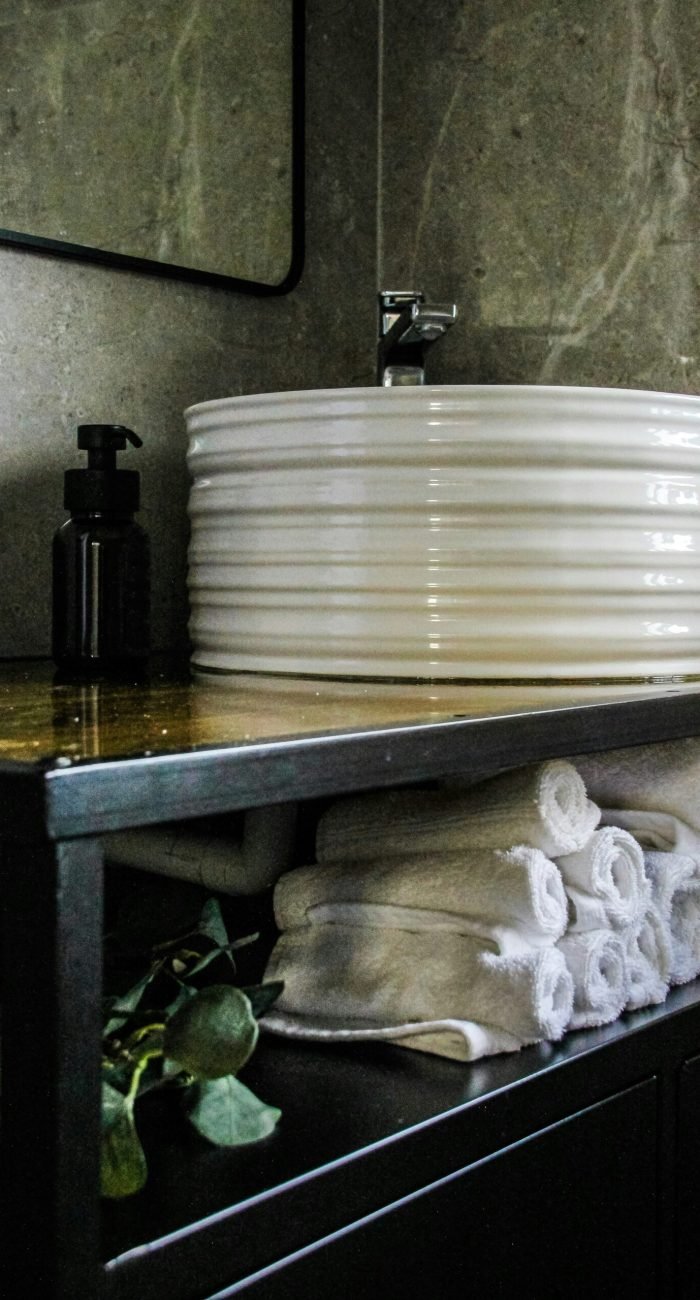Different fabric types used in institutional towels offer distinct qualities that are important for bulk buyers to understand. Cotton towels, prized for their softness and absorbency, are commonly found in hotels and spas. Microfiber towels, known for their quick-drying capabilities, are ideal for gym and pool environments. Bamboo towels are gaining popularity for their eco-friendly properties and natural antibacterial qualities. By sourcing from leading textile-producing countries such as the UAE, Australia, and the United States, buyers can ensure high-quality towels that meet their needs.

